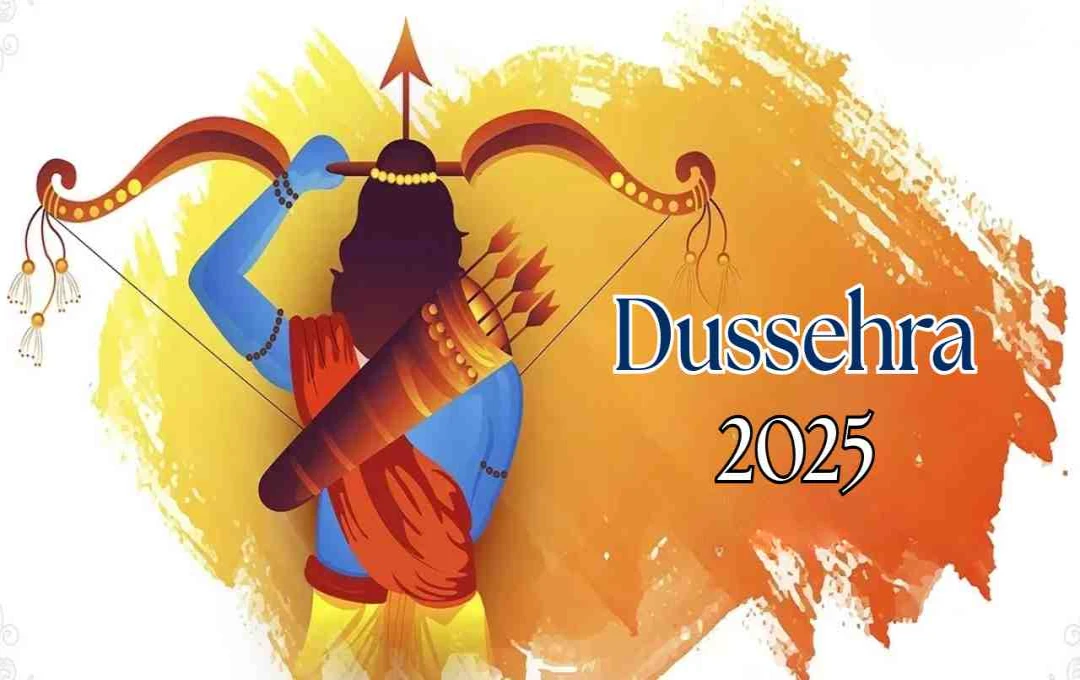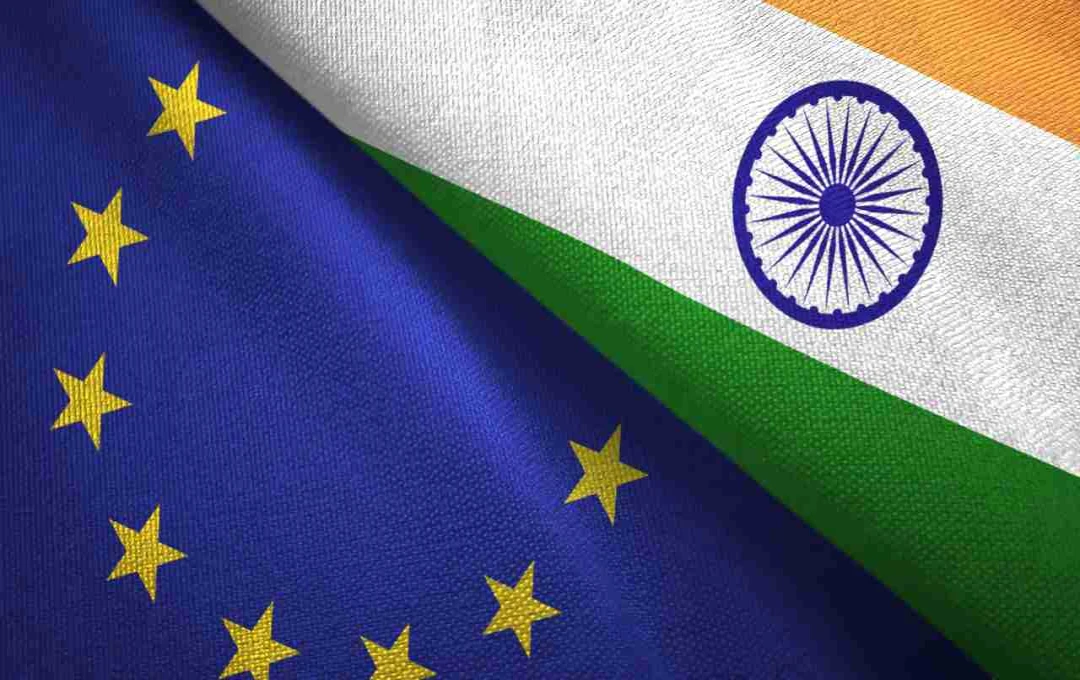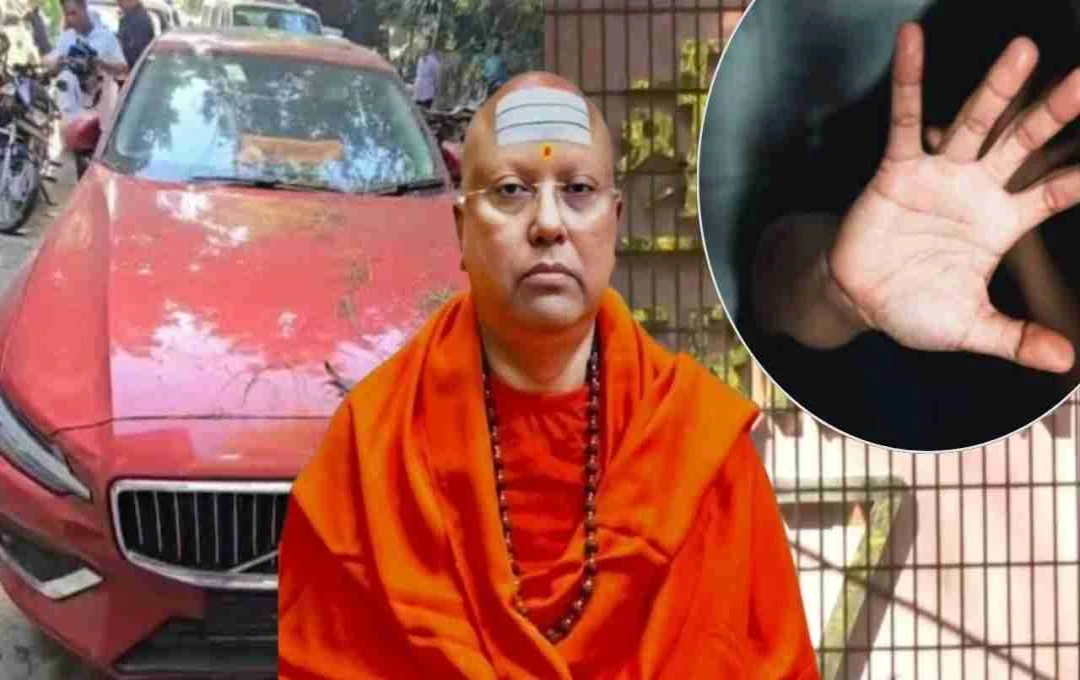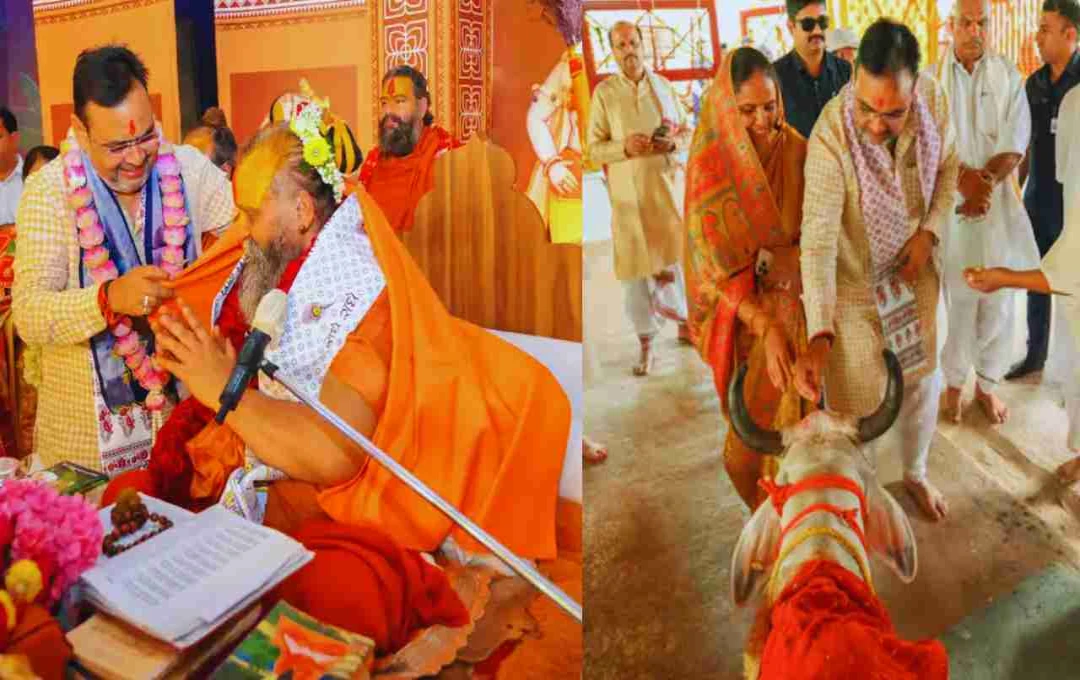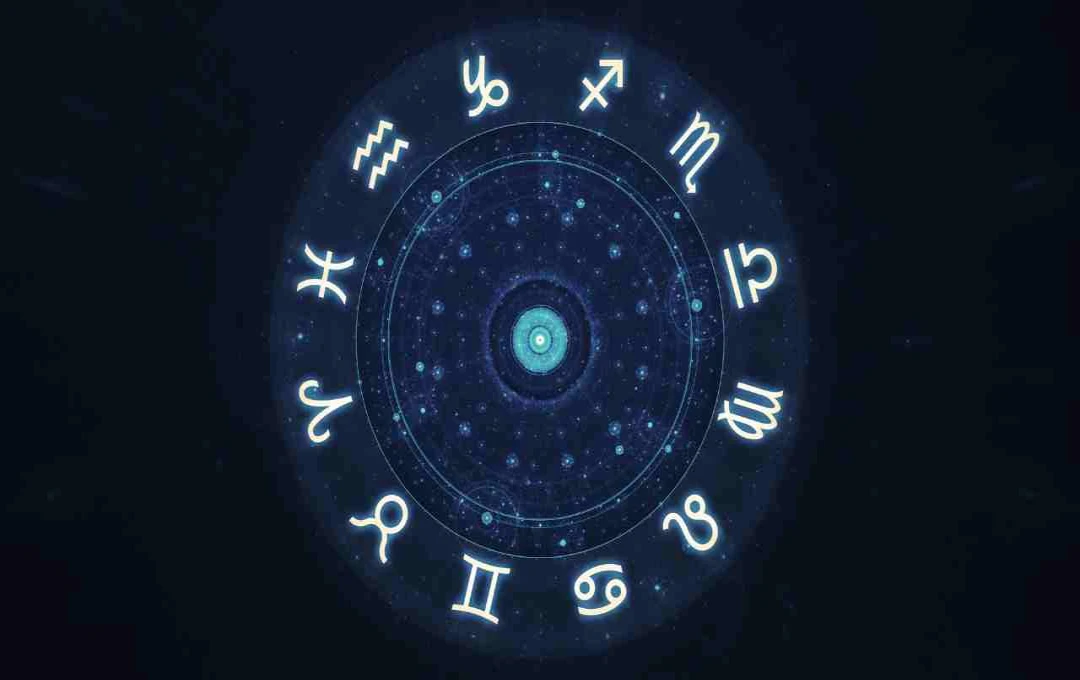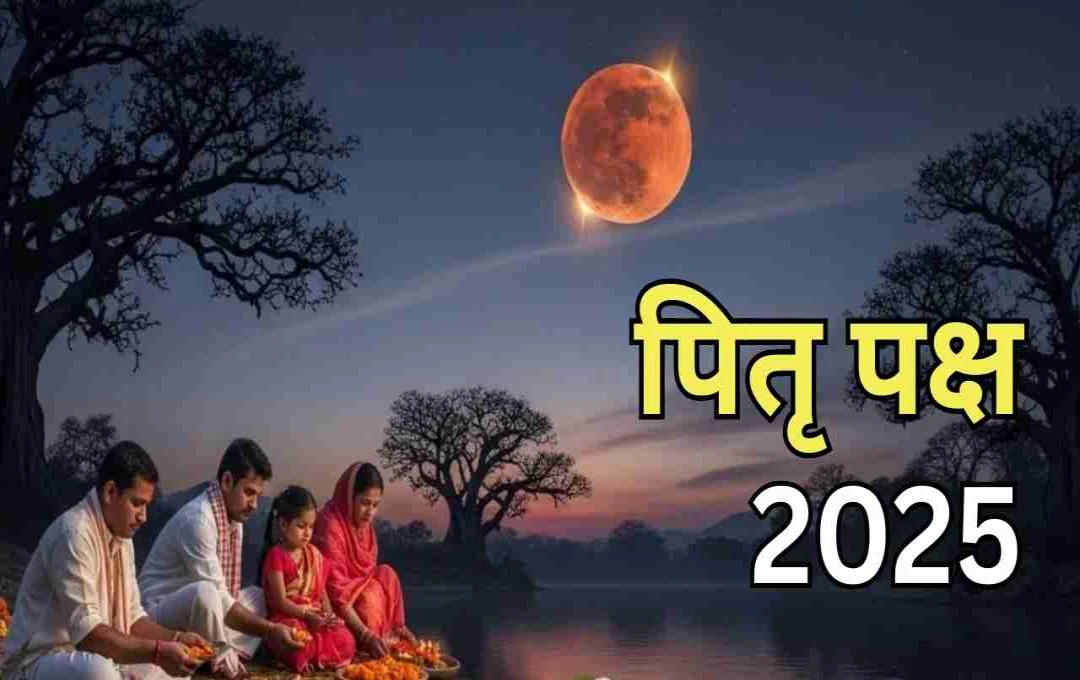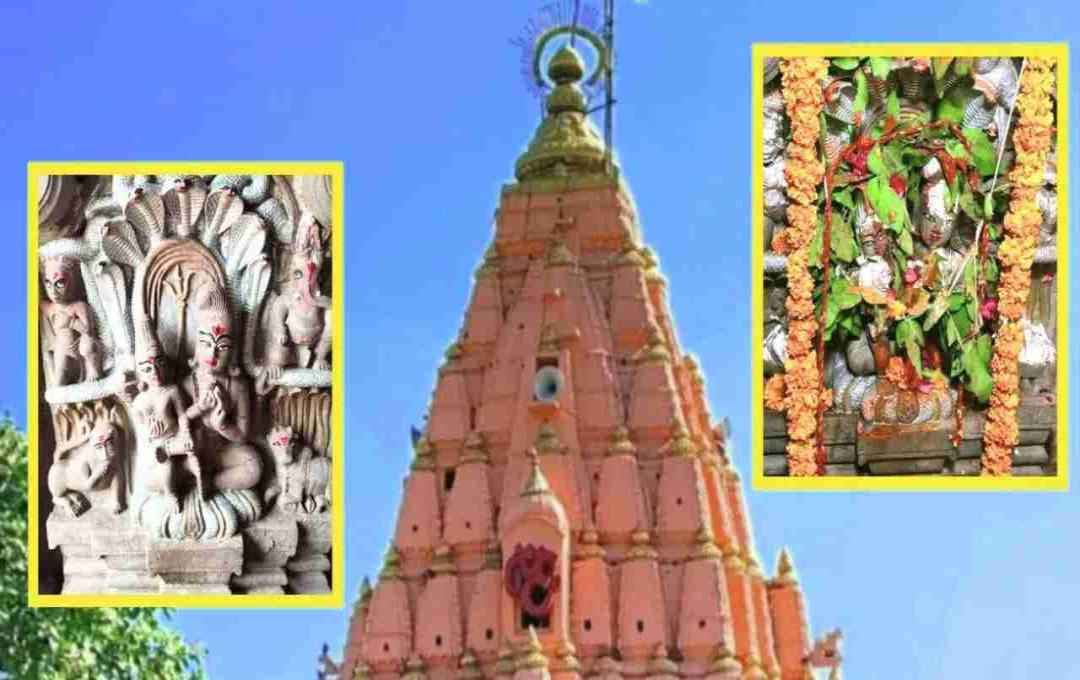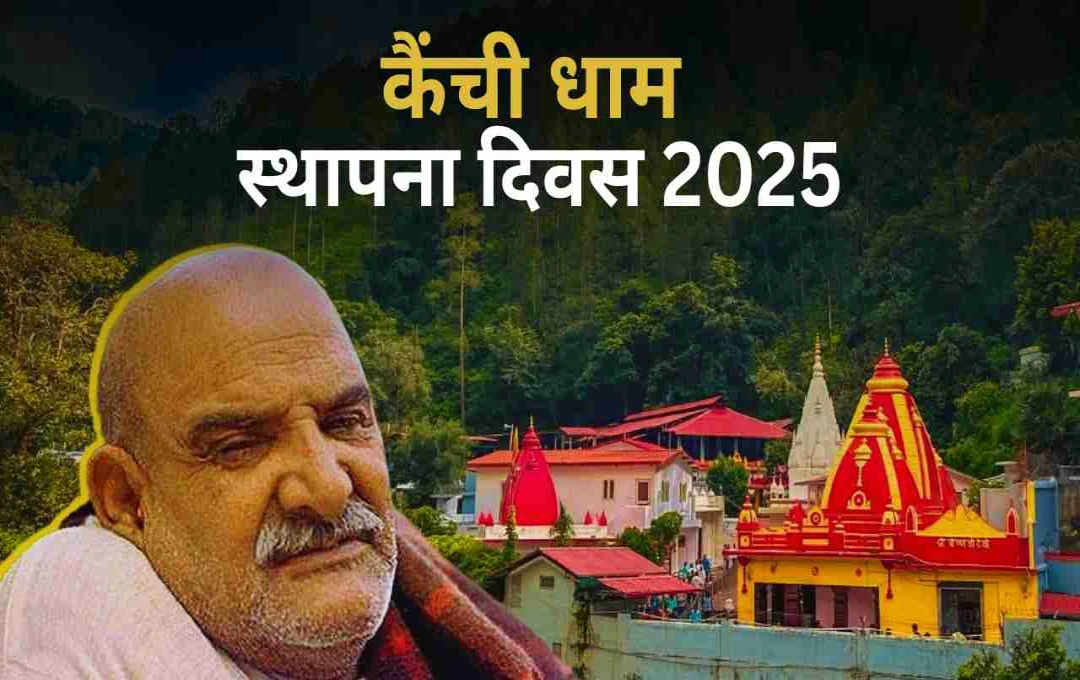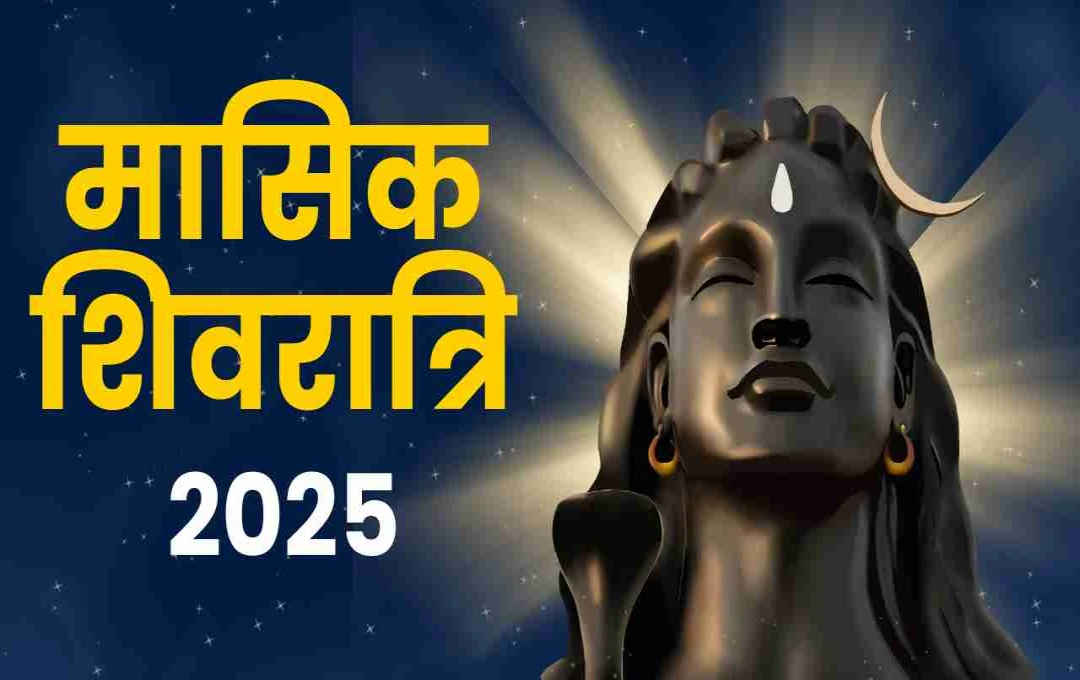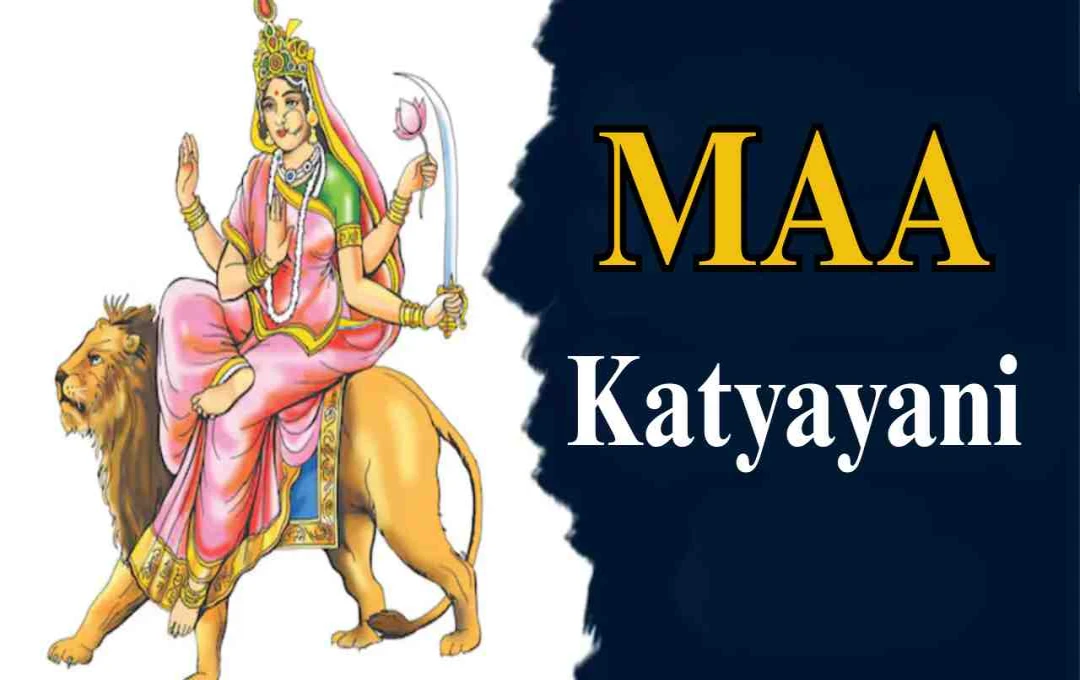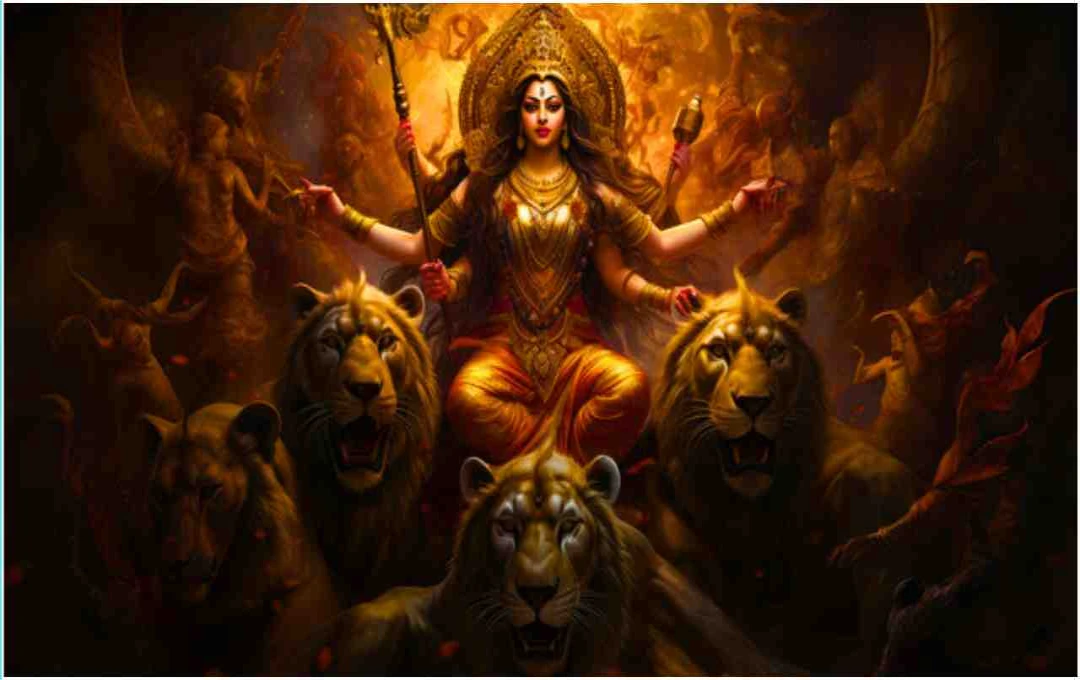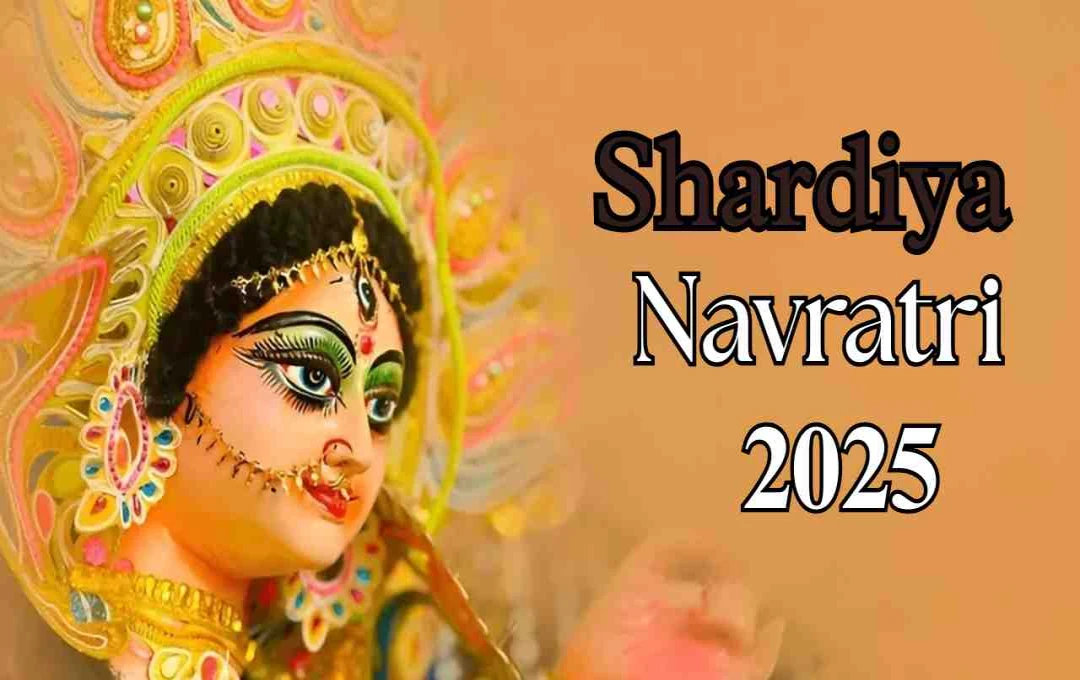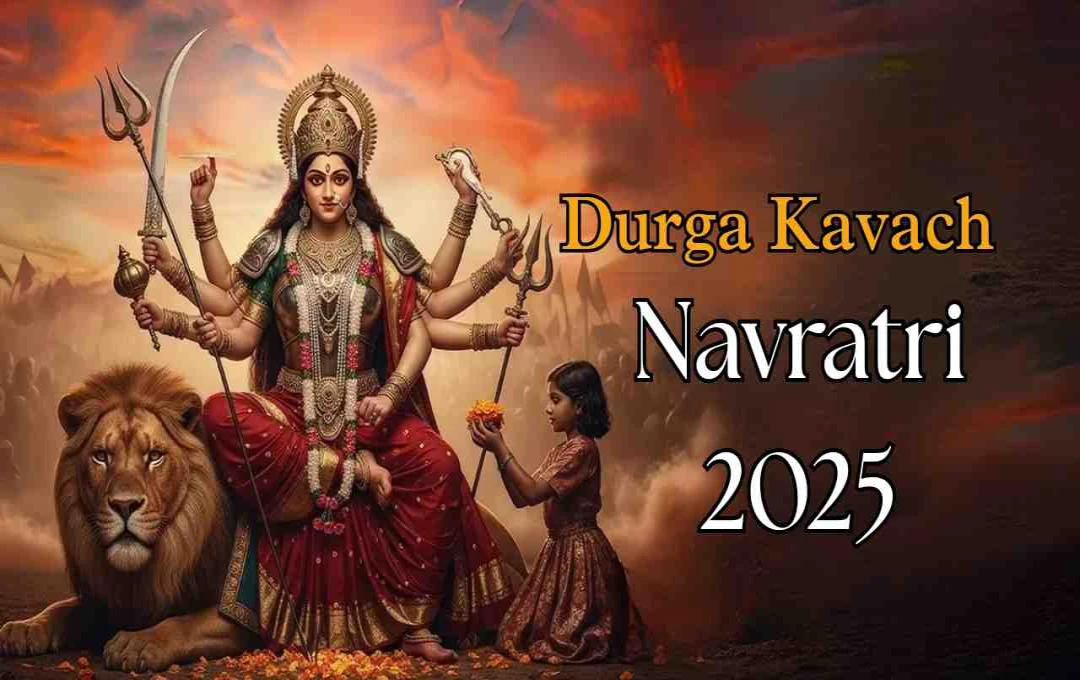Dussehra 2025 will be celebrated in India on Thursday, October 2, symbolizing the victory of good over evil. On this day, special rituals like Ravana Dahan (burning of Ravana's effigy), Shastra Puja (worship of weapons), and Devi Pujan (worship of the Goddess) will be performed. Performing puja at an auspicious time and with proper rituals is believed to bring victory, prosperity, and peace into life. The festival is also a symbol of social and familial unity, alongside religious faith.
Dussehra 2025: Dussehra will be celebrated in India on October 2, 2025, marking the victory of good over evil. Throughout the country, rituals like Ravana Dahan, Shastra Puja, and Devi Pujan will be observed. On this occasion, people will decorate their homes and temples, wear traditional attire, and collectively participate in prayers. Performing puja at an auspicious time and with proper rituals is believed to bring victory, prosperity, and peace into life, while the festival also provides an opportunity for family and social gatherings.
The Festival of Good's Victory Over Evil in India
In India, the festival of Dussehra is not just a religious ritual but also considered a symbol of the victory of good over evil. This year, Vijayadashami and Dussehra will be celebrated on Thursday, October 2, 2025. This festival falls on the Dashami Tithi (tenth day) of the Shukla Paksha (bright fortnight) of the Ashwin month and commemorates Lord Rama's victory over Ravana and Maa Durga's slaying of Mahishasura. On this day, rituals such as Ravana Dahan, Shastra Puja, and Devi Pujan are performed across the country.
Auspicious Timings for Dussehra 2025
According to the Hindu calendar (Panchang), the Dashami Tithi will begin at 7:01 PM on October 1, 2025, and conclude at 7:10 PM on October 2, 2025. It is very important to observe the auspicious timings during this period.
- Shastra Puja Muhurat: From 2:09 PM to 2:56 PM, lasting approximately 47 minutes.
- Aparahna Puja Time: From 1:21 PM to 3:44 PM.
- Auspicious time for Ravana Dahan: On October 2, 2025, approximately after 6:05 PM during Pradosh Kaal.
According to scriptures, performing puja and Ravana Dahan during these times brings victory, prosperity, and peace into life.
Preparation for Ravana Dahan and Shastra Puja
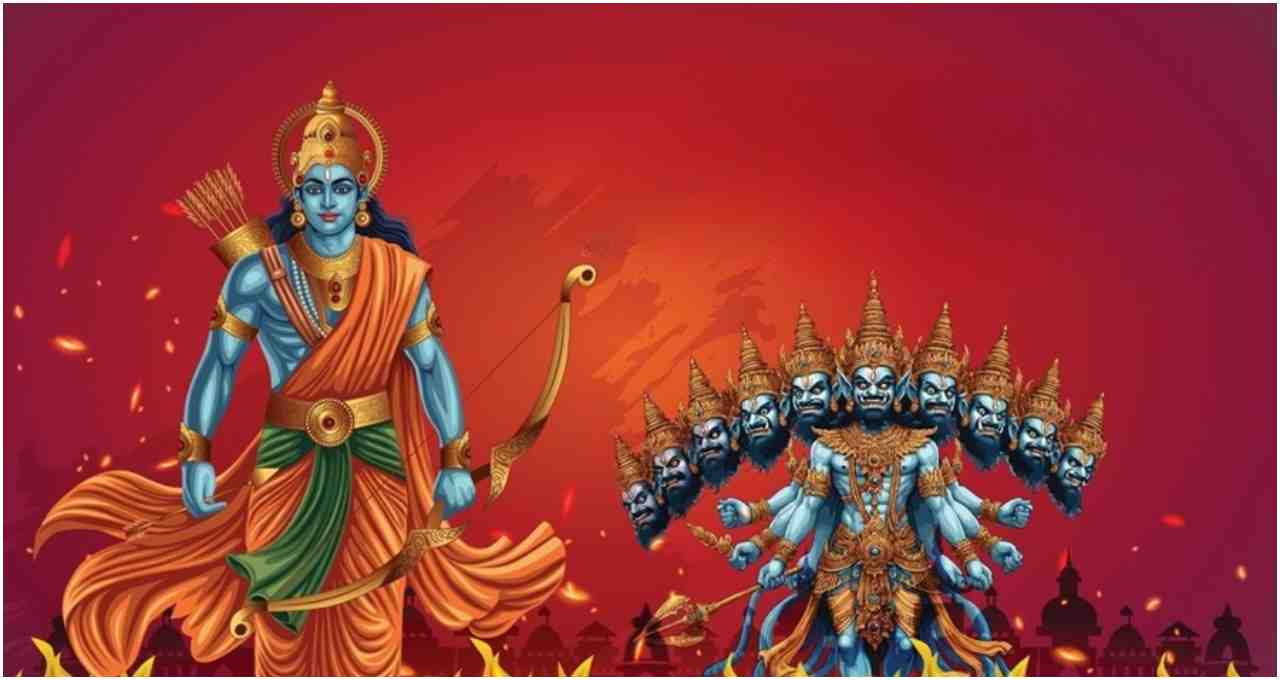
The auspicious benefits of Ravana Dahan and Shastra Puja are obtained only when performed at the correct auspicious time (Muhurat) and with proper rituals. To begin the puja, it is essential to thoroughly clean the site and the weapons or vehicles that are to be worshipped. Afterwards, all puja materials are placed in a red cloth and purified with Gangajal (water from the Ganges).
Weapons are adorned with tilaks of turmeric, kumkum, and sandalwood, and then decorated with flowers or garlands. Following this, water, lamps (deepak), or incense sticks (agarbatti) are offered. The puja is concluded by offering Shami leaves, Akshat (unbroken rice), and sweets. Chanting the mantra ‘Om Jayanti Mangala Kaali Bhadrakaali Kapaalini, Durga Kshama Shiva Dhaatri Swaahaa Swadhaa Namostute’ during the puja is considered auspicious.
Significance of Dussehra Festival
Dussehra is not merely a festival of Ravana Dahan; it conveys the message of walking the path of truth and righteousness in life. This festival teaches us that no matter how many obstacles we face in life, if we remain steadfast on the path of truth and dharma, victory will be ours. The festival of Vijayadashami inspires people every year and encourages them to bring positive changes into their lives.
Nowadays, Dussehra is no longer limited to being just a religious celebration. It has also become an occasion for social and family gatherings. People specifically decorate their homes and temples, collectively perform puja, and enjoy the festivities of Ravana Dahan. In cities and villages, women wear traditional attire, apply mehndi (henna), and celebrate the festival with their entire family and community.
On social media too, one can observe the exchange of pictures and greetings related to puja, Ravana Dahan, and Shastra Puja on Dussehra. This festival is not only a symbol of religious faith but also strengthens social unity and cultural identity.
